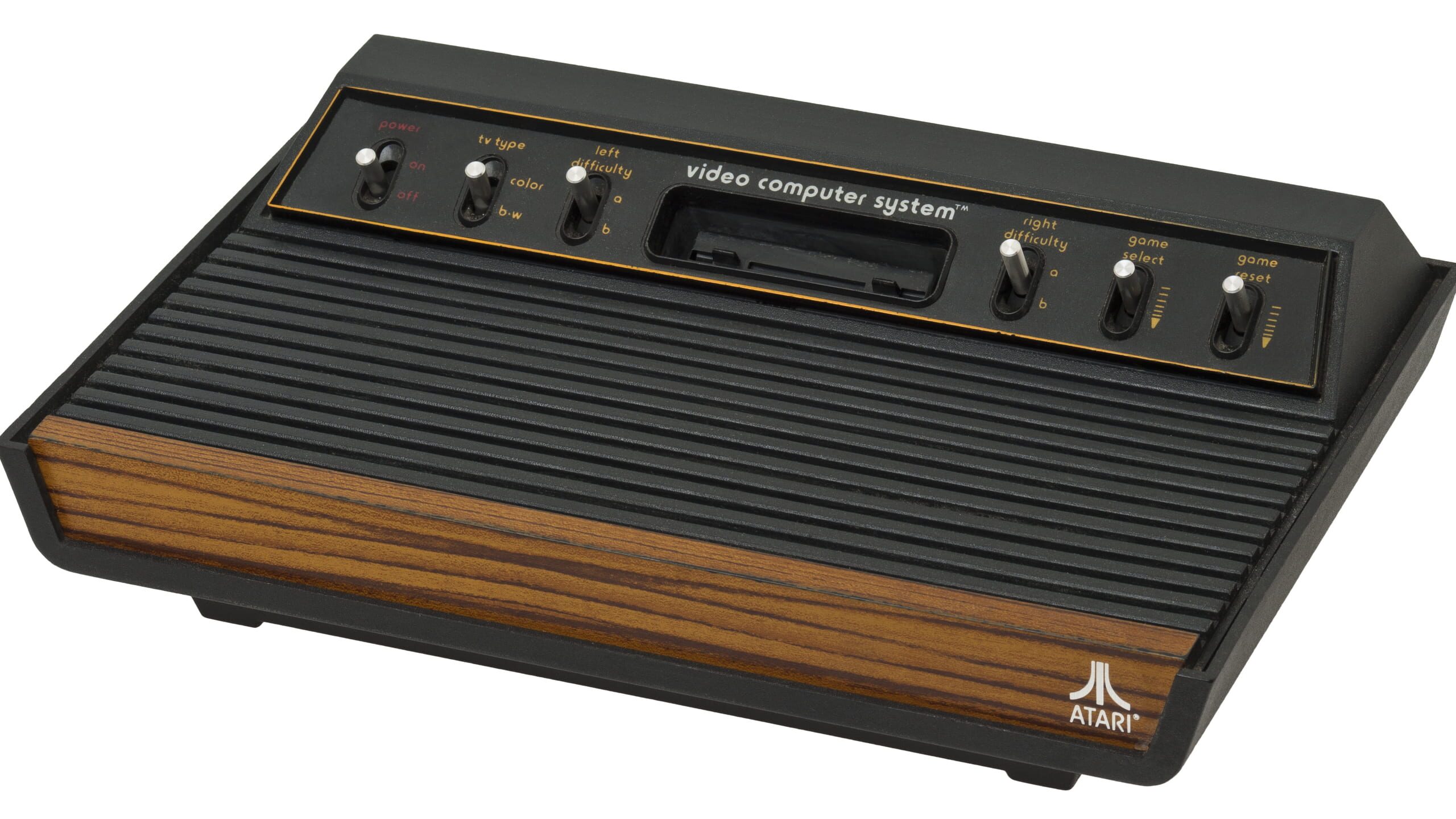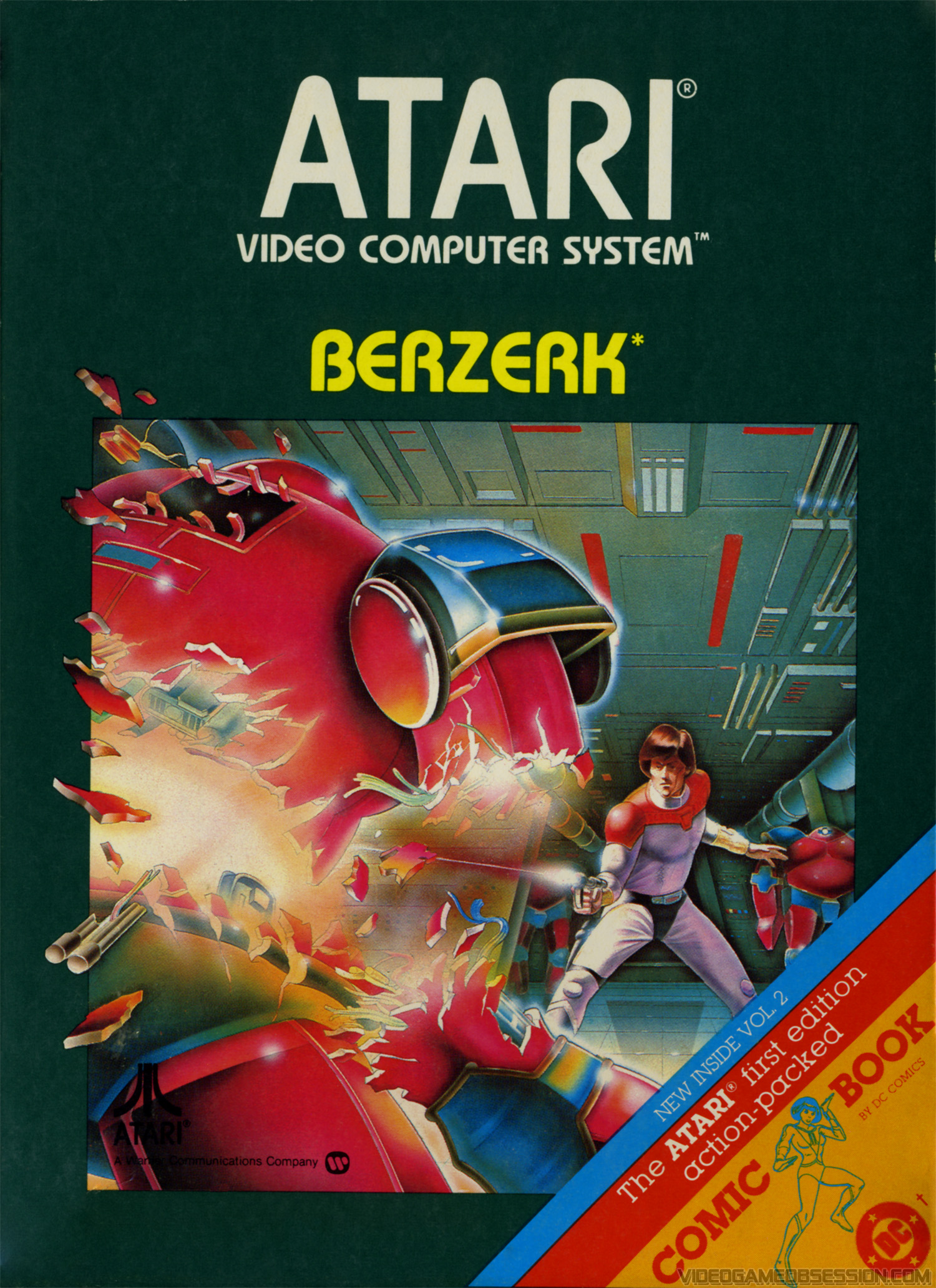Atari 2600: The Console That Revolutionized Gaming Forever
There’s something magical about the Atari 2600. It’s not just a video game console; it’s a piece of history that shaped an entire generation. Released in 1977, this little machine was more than just pixels and joysticks—it was the gateway to a new world of entertainment. The Atari 2600 didn’t just change gaming; it changed how we thought about fun, technology, and the possibilities of interactive media.
When you think about retro gaming, chances are your mind drifts back to those iconic woodgrain panels and chunky controllers. But the Atari 2600 wasn’t just about aesthetics. It was about innovation. At a time when computers were still room-sized behemoths, Atari managed to squeeze all the excitement of early digital gaming into a single box. And let’s not forget the games—titles like Space Invaders, Pac-Man, and Pitfall! became cultural touchstones that people still talk about today.
But why does the Atari 2600 still matter? Sure, it’s nostalgic, but its impact goes far beyond that. This console laid the foundation for everything we love about modern gaming. From groundbreaking hardware to the birth of third-party developers, the Atari 2600 was more than a toy—it was a revolution. So buckle up, because we’re diving deep into the world of Atari 2600, uncovering its secrets, exploring its legacy, and understanding why it’s still relevant in 2023.
- Josie Totah The Rising Star Redefining Hollywoods Landscape
- Mayan Lopez The Rising Star In The Spotlight
Here's a quick table of contents to help you navigate through this epic journey:
- The History of Atari 2600
- Understanding the Hardware
- Iconic Games and Their Impact
- The Rise of Third-Party Developers
- Why Collecting Atari 2600 is a Big Deal
- The Lasting Legacy of Atari 2600
- Restoring Your Atari 2600
- Atari 2600 in Modern Gaming
- The Atari Community Today
- What’s Next for Atari Fans?
The History of Atari 2600: A Blast from the Past
Let’s rewind the clock to the late 1970s. Video games were still a novelty, and most people experienced them in arcades. But Atari had a vision—to bring the arcade experience right into your living room. Enter the Atari 2600, officially known as the Atari VCS (Video Computer System). Launched in 1977, it wasn’t the first home console, but it was definitely the most transformative.
The Atari 2600 wasn’t just a product; it was a cultural phenomenon. It came with a simple yet powerful design—a cartridge-based system that allowed players to swap out games easily. This flexibility was unheard of at the time, and it gave gamers unprecedented freedom. Suddenly, you could play different games without needing separate machines for each one. It was like having an arcade in your pocket, except your pocket was your TV cabinet.
- 50 Cent The Rags To Riches Story Of A Hiphop Legend
- Lopez Vs Lopez The Ultimate Showdown Between The Queen Of The Bronx And Her Namesake
But the journey wasn’t always smooth. Atari faced competition, technical challenges, and even its own missteps. The infamous "E.T. the Extra-Terrestrial" fiasco is often cited as one of the reasons for Atari’s eventual decline. Yet, despite these setbacks, the Atari 2600 left an indelible mark on the gaming industry. Its influence can still be felt today, even in the most advanced consoles.
How Atari Changed the Game Industry
Atari didn’t just create a console; it created an ecosystem. For the first time, developers could create games independently and distribute them through cartridges. This paved the way for third-party developers, who would go on to shape the industry in ways Atari couldn’t have imagined. Companies like Activision, founded in 1980, became household names thanks to the Atari 2600.
Another game-changer? The joystick. Yeah, it might seem basic now, but back then, it was revolutionary. The Atari joystick set the standard for controller design, influencing countless future consoles. And let’s not forget the sound effects—those bleeps and bloops might seem primitive, but they were the soundtrack of a generation.
Understanding the Hardware: What Made Atari 2600 Tick?
Under the hood, the Atari 2600 was a marvel of engineering. Powered by a MOS Technology 6507 processor running at 1.19 MHz, it wasn’t exactly a powerhouse by today’s standards, but it was more than enough to deliver unforgettable gaming experiences. The console also featured a custom graphics chip called the Television Interface Adaptor (TIA), which handled all the visuals.
What made the Atari 2600 truly unique was its ability to adapt. Developers learned to push the hardware to its limits, creating games that were far more complex than the system seemed capable of handling. This creativity wasn’t accidental—it was born out of necessity. With limited memory and processing power, developers had to think outside the box to deliver engaging experiences.
Here’s a quick breakdown of the Atari 2600’s specs:
- CPU: MOS Technology 6507 @ 1.19 MHz
- RAM: 128 bytes (yes, bytes!)
- Graphics: TIA (Television Interface Adaptor)
- Audio: Two-channel sound generator
- Cartridge Slot: ROM-based cartridges
Despite its limitations, the Atari 2600 proved that great games don’t need powerful hardware—they need great ideas.
Why Developers Loved the Atari 2600
For many developers, the Atari 2600 was both a challenge and a playground. Its constraints forced them to innovate, leading to some of the most creative solutions in gaming history. Games like Pitfall! and River Raid pushed the boundaries of what was possible on the platform, proving that even a simple system could deliver complex and engaging experiences.
And let’s not forget the community. Atari’s open architecture encouraged experimentation, and developers shared tips and tricks with each other, creating a vibrant ecosystem of innovation. This spirit of collaboration laid the groundwork for the modern indie game scene.
Iconic Games and Their Impact
No discussion of the Atari 2600 would be complete without talking about its games. From classic arcade ports to original titles, the Atari 2600 library is a treasure trove of gaming history. Here are some of the most iconic games that defined the console:
- Space Invaders: The game that brought arcade fever to home consoles.
- Pac-Man: A beloved maze game that became a cultural phenomenon.
- Pitfall!: The game that set the standard for platformers.
- Adventure: Often credited as the first action-adventure game.
- Combat: A tank battle game that came bundled with the console.
These games weren’t just fun; they were groundbreaking. They introduced new mechanics, genres, and gameplay concepts that influenced countless titles that followed. Even today, you can see echoes of Atari 2600 games in modern blockbusters.
What Made These Games So Special?
It wasn’t just the gameplay that made these games special—it was the experience. Playing Pac-Man on your TV was a revelation. Suddenly, the arcade wasn’t just a place; it was a feeling you could bring home. And games like Adventure introduced players to expansive worlds and open-ended exploration, concepts that are now staples of the gaming industry.
The Rise of Third-Party Developers
One of the Atari 2600’s most significant contributions to the gaming industry was the rise of third-party developers. Before this, most games were created in-house by console manufacturers. But the Atari 2600’s open architecture allowed independent developers to create and sell their own games, leading to an explosion of creativity.
Companies like Activision, Imagic, and Atari itself competed to produce the best games, driving innovation and pushing the boundaries of what was possible on the platform. This competition not only benefited gamers but also set the stage for the modern gaming landscape, where third-party developers play a crucial role.
Activision: The First Independent Developer
Founded in 1980 by disgruntled Atari programmers, Activision became the first independent video game developer. Their games, such as Pitfall! and Kaboom!, quickly gained popularity, proving that quality games could come from outside the traditional studio system. Activision’s success paved the way for countless other developers, changing the industry forever.
Why Collecting Atari 2600 is a Big Deal
For many retro gaming enthusiasts, collecting Atari 2600 consoles and games is more than just a hobby—it’s a passion. The console’s historical significance, combined with its iconic design and legendary games, makes it a prized possession for collectors worldwide.
But collecting Atari 2600 isn’t just about nostalgia. It’s about preserving a piece of gaming history. As consoles become more advanced, it’s easy to forget where it all began. By collecting and preserving these relics, enthusiasts ensure that the legacy of Atari 2600 lives on for future generations.
Tips for Collecting Atari 2600
So, you want to start your own Atari 2600 collection? Here are a few tips to get you started:
- Research: Know what you’re looking for and what it’s worth.
- Condition Matters: Look for consoles and games in good condition, preferably with original packaging.
- Join Communities: Connect with other collectors to share tips and find rare items.
- Set a Budget: Rare items can be expensive, so set a budget and stick to it.
The Lasting Legacy of Atari 2600
Even after all these years, the Atari 2600 continues to inspire. Its influence can be seen in everything from modern consoles to indie games. The console’s legacy lies not just in its hardware or games but in the way it shaped the industry and changed how we think about gaming.
Today, Atari 2600 is more than a relic of the past—it’s a symbol of innovation and creativity. It reminds us that great games don’t need cutting-edge technology; they need great ideas. And that’s a lesson that’s as relevant today as it was in 1977.
How Atari 2600 Influences Modern Gaming
From the rise of indie developers to the emphasis on creativity over technology, the Atari 2600’s influence is everywhere. Modern games owe a debt to the pioneers who pushed the boundaries of what was possible on a simple system. Even today, developers look to the Atari 2600 for inspiration, proving that its legacy is far from over.
Restoring Your Atari 2600: Bringing It Back to Life
If you’ve stumbled upon an old Atari 2600 gathering dust in your attic, don’t throw it away! With a little care and attention, you can bring it back to life. Restoring an Atari 2600 isn’t as daunting as it sounds, and it’s a great way to reconnect with a piece of gaming history.
Here’s a step-by-step guide to restoring your Atari 2600:
- Clean It Up: Start by gently cleaning the console and controllers with a soft cloth and mild detergent.
- Check the Cables: Ensure all cables are intact and properly connected.
- Test the Cartridges: Clean the contacts on your favorite games with a soft brush or cotton swab.
- Power It On: Plug it in and see if it works. If not, you may need to replace the power supply or repair internal components.
Restoring an Atari 2600 isn’t just about making it functional—it’s about preserving a piece of history. By bringing your console back to life, you’re keeping the spirit of Atari alive.
Where to Find Parts and Accessories
If your Atari
- Linda Cardellini A Rising Star In The Spotlight
- Twilight 2008 The Movie That Sparked A Global Phenomenon

Atari 2600 Initial version

The Interface Experience Bard Graduate Center

Atari 2600 Collection Video Game Obsession (c) Matthew Henzel